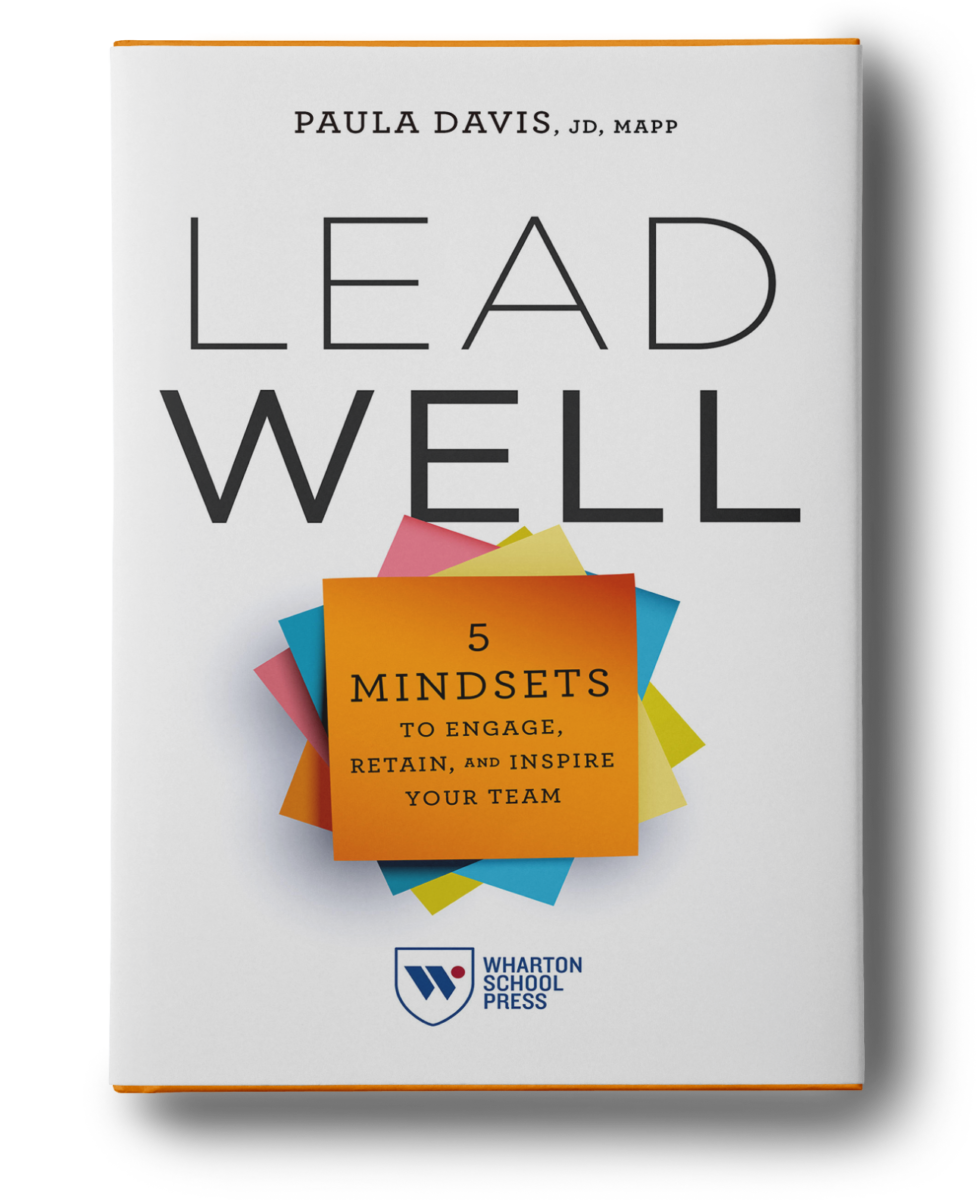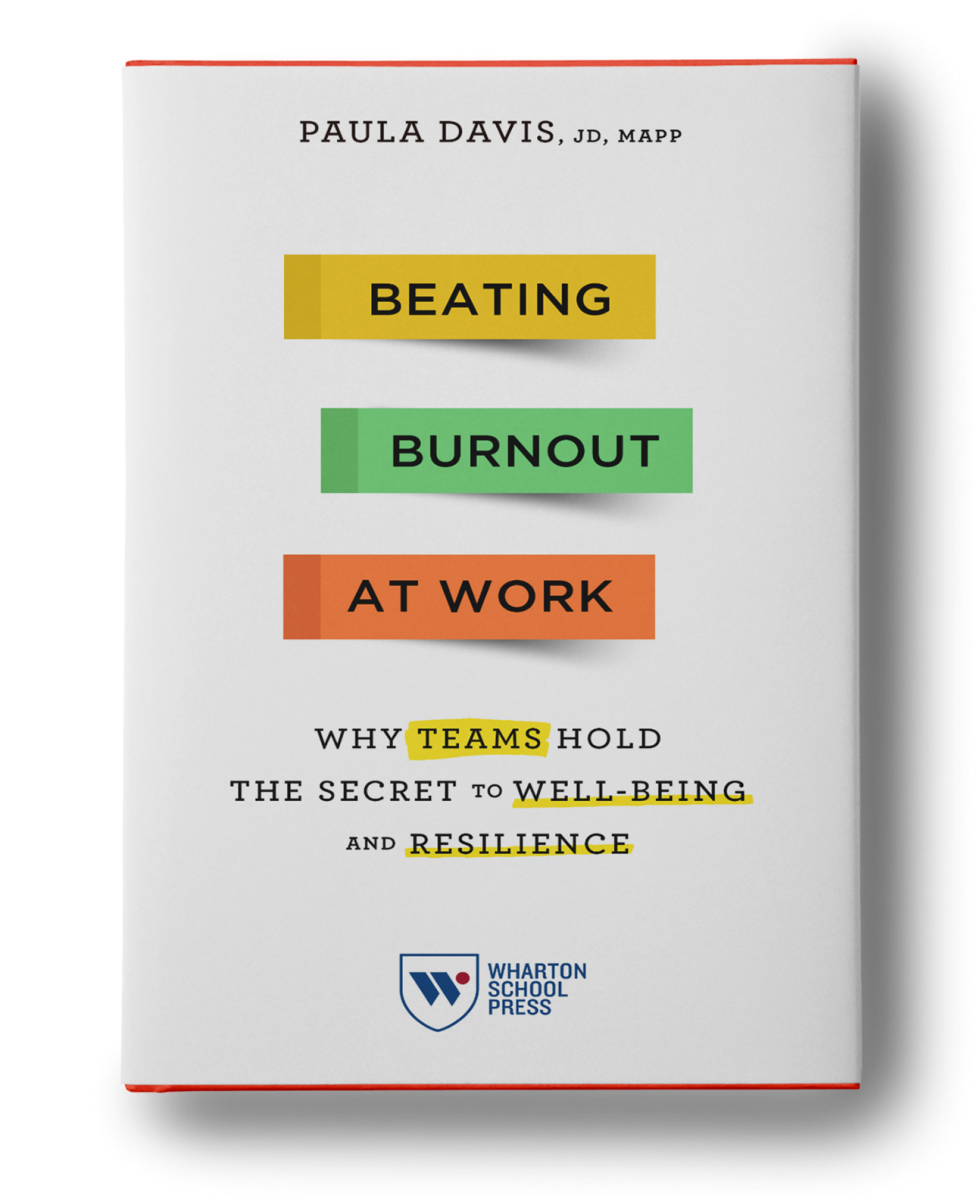Determine that a change needs to be made. Many people contemplate job changes after a particularly bad day or week at work; however the decision to change career paths shouldn’t be a quick one. You will likely notice what I call a tugging gnaw (i.e., your intuition or gut) reminding you periodically that something is off and that a change needs to be made. If you’ve ignored that gut feeling before, then you’re like many other people I’ve talked to. When you decide to make a change, surround yourself with supportive people. Mark Twain once said, “Keep away from people who try to belittle your ambitions. Small people always do that, but the really great ones make you feel that you, too, can become great.” 2. Map out Point A to Point B. If you’re a teacher and want to be a writer, what does that involve? Be specific. What is your transition timeline? How much money do you need to save? What other financial concerns need to be addressed? What family issues need to be discussed? Do you need to further your education? If so, what will that cost? Write out your plan and review it often. Your plan may need to be revised as you progress through these steps. 3. Focus on meaning, not money. What concepts, ideas, and careers would you pursue for their own sake, without regard to title, prestige, or salary? People who are called to their work do it not solely for financial gain or career advancement, but for the fulfillment that the work brings. My work feels like a drug now – I have to have more of it, and I can’t wait to jump out of bed in the morning to get to it. I want that for you too. 4. Determine your signature strengths. Two examples of strengths tests are the VIA (Values in Action) Signature Strengths questionnaire, which is free and can be found at www.authentichappiness.org and Strengths Finder 2.0, a book by Tom Rath. Using your strengths on a regular basis will promote life satisfaction and engagement. 5. Create THE LIST. Take the information from Steps 3 and 4 and go deeper. THE LIST is everything you loved to do growing up, all of the things you thought you were good at from back then until now. These are qualities that are intrinsically part of who you are, so THE LIST is very personal. You will start to see patterns throughout your life where you felt great joy performing an activity or impacted someone’s life because of the unique talents you bring to the table. THE LIST items need to be part of your new career. 6. Do a career brainstorm. With the information you’ve collected from the steps above, what careers fit? Do you want to start a business? How do you want your new career to make you feel (e.g., secure, empowered, happy, challenged, relaxed)? What do you want to get from your new career (e.g., more money, less money but more time with the family, more control, ability to call your own shots, a sense of truly helping others)? 7. Connect with people who are doing what you want to do. People love to talk about themselves and their work. Ask this key question of everyone you talk to: “If you had to do it all over again, would you take the same path?” Ask whether these contacts can put you in touch with others, and start building a network. Online research and books are good secondary sources and will be helpful, but they aren’t a substitute for actually talking to people in specific industries. 8. Test the waters. I can’t stress this step enough. I was certain I wanted to be a pastry chef after my law practice ended. So much so that I actually applied to, and was accepted at, a pastry school in New York. Before moving my life to New York City for six months, I decided to do a pastry internship at a restaurant. To my surprise, I HATED it. That internship saved me six months of wasted time and tons of money. 9. Make your move. Making a career change is not easy, but regretting not trying is far worse. As you begin your journey, please keep me posted as to how it’s going. I’d love to hear your story!]]>
Contact Us
How can we help? Let us know today!






